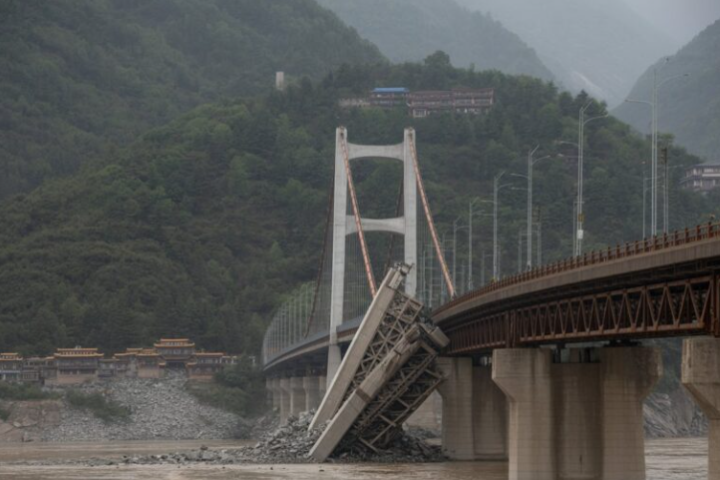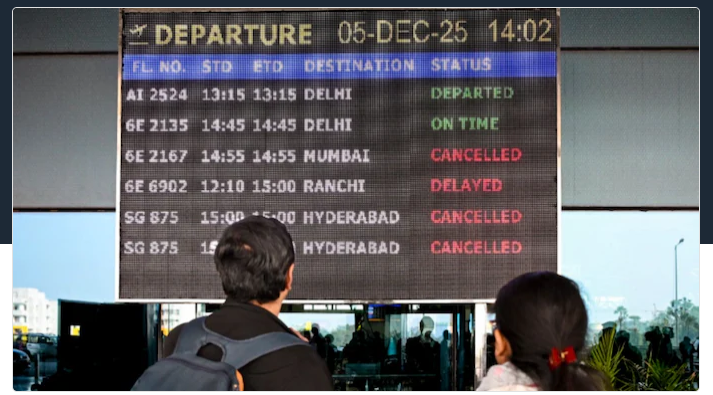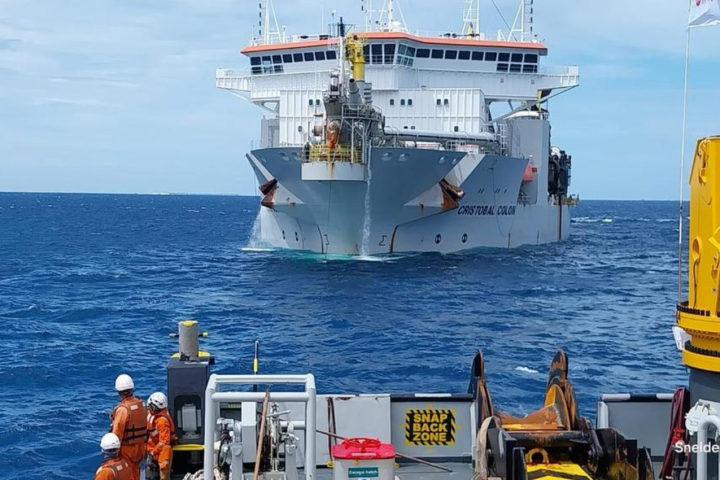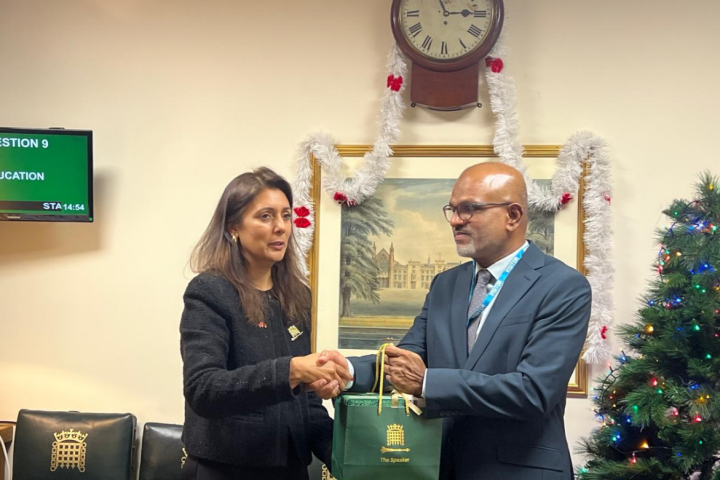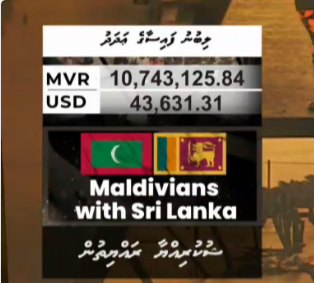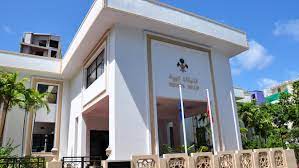The Maldives has long been a global emblem of luxury tourism, its turquoise waters and pristine beaches drawing millions to fuel an economy where tourism accounts for roughly 25% of GDP. At the heart of this paradise lies Velana International Airport (VIA), the nation’s primary gateway, set to unveil a transformative passenger terminal on July 26, 2025, marking the 60th anniversary of Maldivian independence.
This $1 billion project, designed to handle 7.5 million passengers annually, aims to modernize the Maldives’ aviation infrastructure and elevate its stature as a premier tourism destination. Yet, as anticipation mounts, concerns from experts like Ahmed Moosa, a seasoned airport and hospitality professional, highlight operational and design flaws that could mar the seamless, guest-focused experience central to Maldivian hospitality.
This analysis explores the terminal’s ambitious design, its operational challenges, the political grandstanding surrounding its completion, and whether it truly aligns with the Maldives’ unique tourism model.
Spanning 78,000 square meters, the new terminal at Velana International Airport is a striking architectural achievement, designed to relieve the overburdened current facility, which handles over 4 million passengers annually despite a 1.5 million capacity.
Featuring 20 immigration counters, 9 boarding gates, jet bridges, and a state-of-the-art baggage system, the two-story terminal aspires to rival aviation hubs like Singapore’s Changi. Built on reclaimed land with tsunami-resilient infrastructure, it targets 90% renewable energy use, primarily solar, within two years.
A collaboration between the Maldives Airports Company Limited (MACL), Saudi Binladin Group, and global firms like Beijing Urban Construction Group, Landrum & Brown, and SETEC, the terminal is engineered for scalability, with plans to expand from six to nine boarding gates as demand grows.
The design is forward-thinking, tackling overcrowding and modernizing infrastructure. Yet, its urban-centric layout, inspired by high-traffic city airports, may not fully suit the Maldives’ distinct tourism model. Unlike urban hubs where passengers connect to road or rail networks, over 99% of VIA’s international arrivals are tourists bound for resorts via seaplane or speedboat.
This unique transfer dynamic demands a tailored approach, and critics argue that the terminal’s design overlooks these nuances, risking disruptions to the guest experience that defines the Maldives’ luxury brand.
Ahmed Moosa, a 20-year veteran of Maldivian aviation and hospitality with roles at Maldivian Air Taxi, Island Aviation Services, and ultra-luxury resorts, offers a sobering critique. In a LinkedIn post, he describes the terminal as “tall, modern, and elegant” but questions its operational alignment with the Maldives’ tourism-driven reality.
“The guest journey doesn’t begin at the resort,” Moosa emphasizes. “It begins the moment they step off the aircraft.” He argues that the terminal, conceived in 2015, suffered from inadequate consultation with key stakeholders—resort operators, seaplane and boat companies, and frontline staff—compounded by five different MACL Managing Directors introducing inconsistent priorities.
Moosa highlights a critical flaw: the new layout extends immigration-to-transfer times from 15 minutes in the current terminal to approximately 45 minutes. This delay disrupts tightly scheduled seaplane and speedboat transfers, creating a ripple effect that could frustrate guests and operators.
He also laments the abandonment of direct boat docks, a promised feature in early designs that would have enabled seamless water transfers. Instead, guests face outdoor walks in sun or rain, echoing the current terminal’s shortcomings.
A rumored policy shift limiting resort representatives’ access to airline check-in counters during departures further threatens the personalized service integral to the Maldives’ luxury ethos, where representatives manage logistics and deliver warm farewells aligned with Forbes Five-Star standards.
Moosa also raises security concerns, noting that the new terminal lacks entrance security scanners, unlike the current facility, and questions the inconsistent adoption of Changi’s post-passport control security model. His critique underscores a broader tension: the terminal’s ambition to meet global benchmarks risks overshadowing the Maldives’ unique hospitality ethos, where every touchpoint must reflect unparalleled care.
The terminal’s opening has sparked a political tug-of-war, with leaders scrambling to claim credit for its completion. President Dr. Mohamed Muizzu, speaking on the “People’s Voice” podcast, dismissed such debates as “childish,” tracing the project’s origins to former President Ibrahim Nasir and acknowledging contributions from former Presidents Abdullah Yameen and Ibrahim Mohamed Solih.
“This project belongs to the nation, not to any one leader,” President Muizzu stated, emphasizing collective effort while noting his administration’s role in accelerating construction, with only 53% of the terminal complete when he took office. Critical additions, like the main road connection and commercial areas, were finalized under his directive.
Former Finance Minister Ibrahim Ameer, a Solih ally, counters that 71% of critical works were completed before President Muizzu’s tenure, including 100% of the concrete structure and roof, 89% of the façade, and 99% of the passenger boarding bridges.
Ameer credits Solih’s administration with transforming the terminal from a “cement finish” under Yameen to a modern design.
Yameen, meanwhile, distances himself from the project, alleging Solih’s administration inflated costs by $300 million for corrupt purposes—a claim that stokes political rancor but carries a certain irony, given that Yameen’s tenure oversaw the Maldives Marketing and Public Relations Corporation (MMPRC) scandal, the largest corruption case in the nation’s history, involving the embezzlement of millions in tourism revenue.
This jostling reflects the high stakes of infrastructure in a tourism-driven economy, where projects are both economic drivers and political flashpoints.
The $6.8 million opening celebration, complete with drones, fireworks, and a lavish spectacle, has drawn criticism for its extravagance, particularly in a nation often vocal about economic constraints. Ali Fauzy, a local commentator, captures the irony: “We always complain about having no money and a bad economy, but the truth is, money can always be made. What we really lack is time. So instead of wasting it talking about economic problems, why not focus on innovating and creating wealth?”
The celebration’s timing, coinciding with the 60th anniversary of independence, carries additional weight. Some view it as a subtle nod to President Muizzu’s “India Out” campaign rhetoric, recalling the 2012 cancellation of the GMR contract—a decision that, in hindsight, seems less about fiscal prudence and more about political theater.
Yet, in a diplomatic twist, Indian Prime Minister Narendra Modi is slated as the chief guest for the independence celebrations.
The terminal’s modern amenities—spacious lounges, efficient counters, and jet bridges—signal a leap forward for Maldivian aviation. Yet, Moosa’s concerns about extended transfer times, missing boat docks, and restricted resort representative access highlight operational gaps that could undermine these advancements. The phased opening, starting with Maldivian airlines and expanding to others by September 2025, aims to minimize disruptions, but addressing stakeholder feedback is critical to meeting the Maldives’ luxury standards. Engaging resort operators, transport providers, and staff could bridge the gap between the terminal’s global aspirations and the local context, ensuring a guest-centric experience.
The new Velana International Airport terminal is a bold step toward cementing the Maldives’ place as a global tourism leader, with capacity to handle millions more passengers and attract new airlines, boosting connectivity and economic growth. Yet, its success hinges not on its gleaming façade but on its ability to deliver a seamless, intuitive experience that honors the Maldives’ hospitality legacy.
By addressing operational misalignments—transfer delays, missing docks, and policy shifts—through stakeholder collaboration, the Maldives can ensure VIA reflects the warmth and efficiency of its island paradise. As the nation celebrates this milestone, the terminal’s legacy will depend on making every traveler’s journey as unforgettable as the destination itself.



